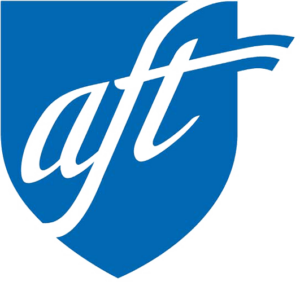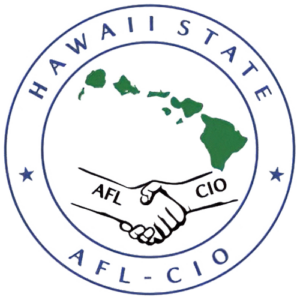By David Duffy, UHPA President.
UH has as one of its goals increasing the representation of Native Hawaiians or Kānaka Maoli as faculty in the university
They can serve as role models and add to the breadth of opinions and expertise within disciplines and across campuses. How is this best done?
UH could grow its own, supporting Kānaka Maoli through college, and grad school, but this would be slow
If such students don’t spend time in other institutions as post docs and junior faculty, UH would risk becoming intellectually inbred and insular. On the other hand, if they do leave, they may not return.
One solution is to set up a permanent “scouting system”
An office that tracks promising Kānaka Maoli as they leave the islands, whether as grad students or as newly minted Ph.D.s. Departments could provide the names, as could the general public. The office would keep in touch with these individuals through an occasional phone call or some island comfort food sent at the holidays or for birthdays. The office would talk story with folks: touching on how are things going, what they miss about the islands, and what would allow or tempt them to return.
The scouting would be long term, just following careers and keeping in touch, for decades if needed
It may take a young faculty member up to seven years at a mainland institution to get promoted and receive tenure. Returning to Hawaii and UH during tis time could restart the clock all over, so most will want to stay away until tenure. The state of Hawaii’s public schools and the high cost of private ones might deter a return once such faculty have kids, unless they could get them into Kamehameha Schools. As their children leave home for college, mainland faculty may be tempted to return to their roots. For younger ones, aging parents may be motivation to return. Or anyone can get tired of a North Dakota winter or a Florida summer.
When departments are hiring, the scouting office would pass along names, resumes, and background information for folks who might match the search
These candidates would then face the same selection process as anyone else. Similarly the office might identify a distinguished Kānaka Maoli tenured on the mainland, but yearning to come home. The university could then make a special hire. This process could take decades, but over time it would help produce a steady stream of returning Kānaka Maoli faculty.
Another mechanism would be to offer departments a “two-fer”
Say there are two suitable candidates for hire. The department would be allowed to hire both. This would reduce or remove any cryptic reluctance to Kānaka Maoli hires, by removing any perceived risk and motivating departments to carefully consider promising young Kānaka Maoli faculty.
Someone might worry that departments could “game” the system by hiring Kānaka Maoli but not giving them tenure, thus freeing up a space for another hire. This could be prevented; if a Kānaka Maoli did not get tenure, the slot would disappear or go back to a general pool, rather than remaining with the department.
The present system is largely left to chance
UH needs to invest in a future that may mature over decades, but it needs to begin now.



